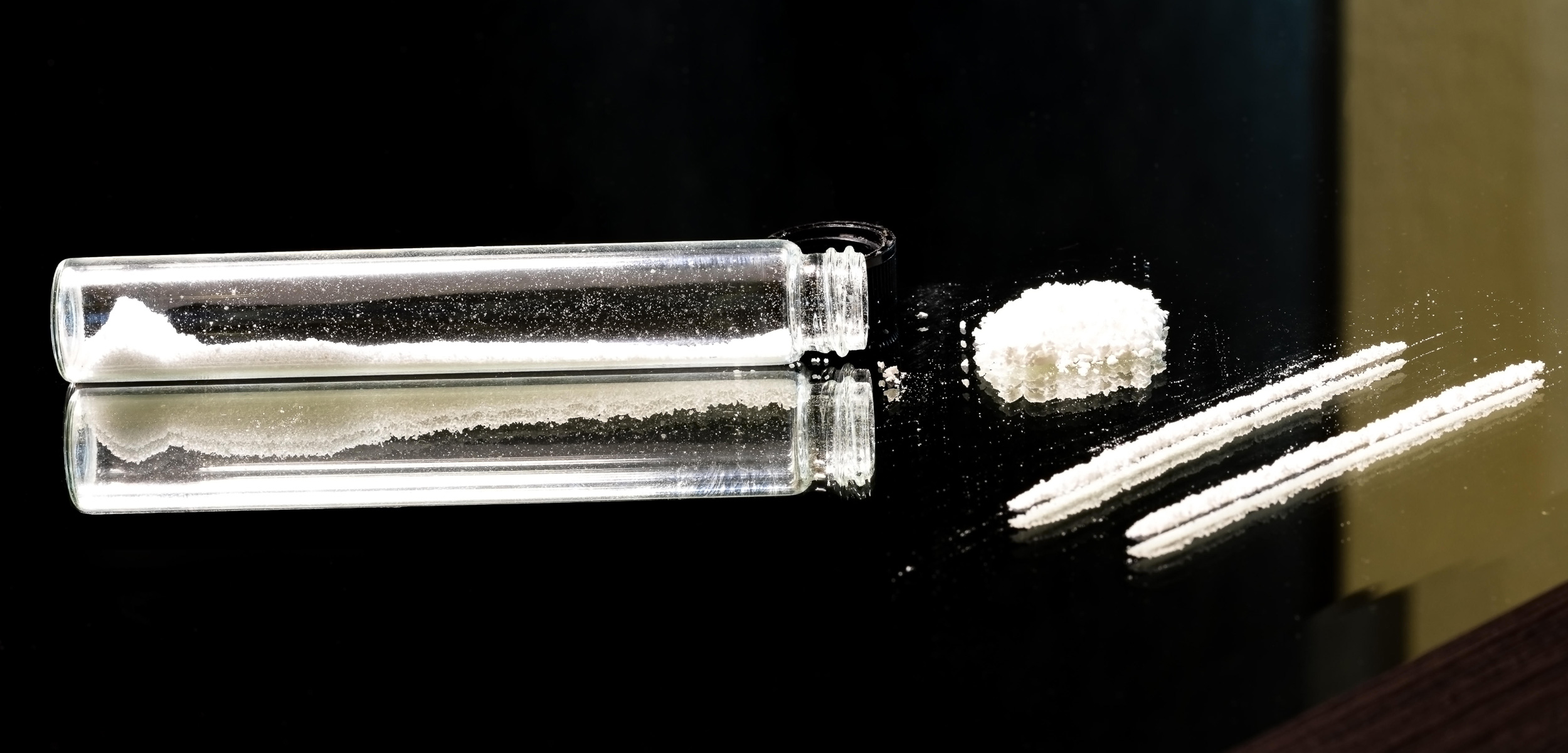Acid and Coke: A Dangerous Combo for Marine Life
For sea urchins, ocean acidification magnifies the toxicity of cocaine.
Article body copy
Like the rivers of eastern England and the Mediterranean Sea near Greece, Brazil’s coast is contaminated with cocaine. Proven toxic to shellfish and other sensitive marine animals, the drug imperils species living close to shore where it’s highly concentrated. New research, led by Lorena da Silva Souza, a doctoral candidate in marine and coastal management at Spain’s University of Cadiz, shows for the first time that ocean acidification, another burgeoning coastal danger, threatens to amplify the effects of cocaine.
Cocaine reaches the ocean in a variety of ways. Sometimes it falls off ships—the reason why it’s not uncommon to find kilos of it washing ashore. But mainly, it’s through people taking the drug. Although the liver metabolizes the bulk of what’s consumed, around one percent persists. This cocaine ends up in the user’s urine, then passes through a wastewater treatment plant where much of it degrades, and ultimately flows out to sea.
Despite the majority of the cocaine breaking down, high concentrations of the illicit drug have been found off Brazil’s shore. In recent years, Brazilians’ use of the drug has been increasing, a change attributed to the country’s rising affluence and its close proximity to Peru, Bolivia, and Colombia—where much of the world’s production of coca, the plant from which cocaine is made, occurs. Despite efforts to stymie the rise in Colombia’s coca yield—including a deal between the government and the Revolutionary Armed Forces of Colombia (FARC) permitting farmers under FARC’s control to grow other, legal crops—both coca cultivation and cocaine production reached a record high in 2017.
To test cocaine’s effects on ocean life, da Silva Souza and her Brazilian colleagues collected sea urchins from Santos Bay in the state of São Paulo. After securing the proper license from the government, the scientists obtained crack from the local police department. (They couldn’t get a license for pure cocaine, but they could get crack, a derivative of cocaine which shares the same chemical properties as its parent compound.) The scientists reared the sea urchins’ eggs in seawater, sometimes dosing them with crack, other times exposing them to increased acidity, and in some cases doing both.
They found that crack and acidity hindered the growth of the larval urchins. When faced with both factors together, the effects were even worse: more acidic conditions compounded the drug’s toxicity. Some larval urchins failed to develop all of their legs—defects that da Silva Souza says would prevent the animals from reaching adulthood.
Although da Silva Souza is alarmed by the amount of cocaine off Brazil, she points to the larger conversation at hand: “everything that we use in some way goes to the ocean.” Many pharmaceuticals, for instance, pose problems for marine organisms. In a previous study, da Silva Souza found that fluoxetine, the antidepressant commonly known as Prozac, damages the DNA of a tropical mussel’s gills and digestive glands.
Sara Castiglioni, a researcher with the Mario Negri Institute for Pharmacological Research in Italy who was not involved with the study, agrees that other compounds deserve greater attention. “What is entering the environment is not one compound but is a very complex mixture,” Castiglioni says. “The concern should be for all of these compounds, together.”
In addition to pharmaceuticals, many other compounds, including perfumes, shampoos, and cosmetics—personal care products with such ingredients as the UV-filtering benzophenone-4 and the antibacterial triclosan—fall under the umbrella of “emerging contaminants,” so called for the little research that focused on them until recently. These chemicals don’t degrade easily in wastewater treatment plants, Castiglioni says, making them especially concerning for marine life. It’s a reminder that individual action has broader ramifications for the world around us.

